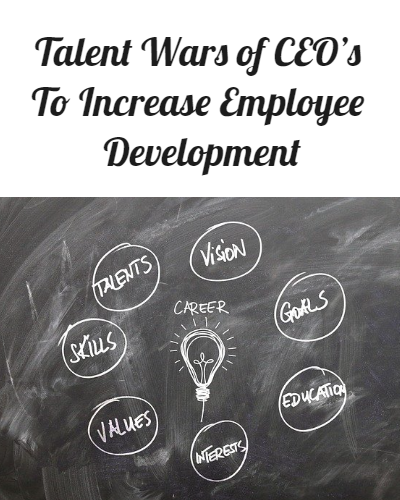Better Your Company With Continuing and Advanced Learning
It is challenging to learn new skills within your job sometimes. Primarily, you are conditioned and trained to do things a certain way. To keep up with the ever-changing times, you need to be open to change. When you can learn new skills and tasks, you can go further in life.
The Pandemic Put Things On Hold
For many people, the pandemic put learning and jobs on hold. Others were able to take advantage of businesses being closed and brush up on their training. There were also several who took this time to learn new skills to further their education.
It is always good to be prepared for the future, no matter what it may hold.
Precautions are starting to lift for many people regarding the pandemic, and things are getting back to full swing.
That means that this time that was spent on hold will accelerate forward. Are you ready?
Be Opened Minded and Eager To Learn
Companies will offer advanced learning opportunities to their employees at various times. Take advantage of these chances and further your education. Don’t be stuck in a rut of what you are used to; you never know what tomorrow will bring. This could be the opportunity that you needed to become a better person.
Experience is only good when it falls in line with what you are good at. With the way everything is changing and moving, you need to be versatile. Some of the many ways that companies will go about preparing their employees for the future are:
- Allowing You Opportunities To Further Your Education
- Chances For On-The-Job Training
- Opportunities To Build Bonds With Other Employees
- Encourage Learning and Communication With Coworkers
- Opportunities For Change At All Levels
- Allowing Expression Of New Ideas
- Making Room For Failure and Encouraging To Keep Trying
Be Future Ready
As times change, businesses change. The way things operate changes and evolve. If you are stuck in your tracks and unwilling to make the needed changes, you won’t succeed. As a business, you need to be open to these changes and encourage an open-minded attitude to your employees.
When your employees are willing and eager to learn new skills and techniques, you will grow as a business. Advanced learning is an excellent opportunity to supply to your business employees. Shape your company to what you want it to be in the future.
We would love to hear your comments on this article or any of our latest articles.
Gary Brunson
gary@myclearfocus.com
Debra Rider
debra@myclearfocus.com
574.361.2674
Sustainable Growth & Profit Consultant, Coach, Mentor and Counselor/Therapist for Business Owners and Professionals.











